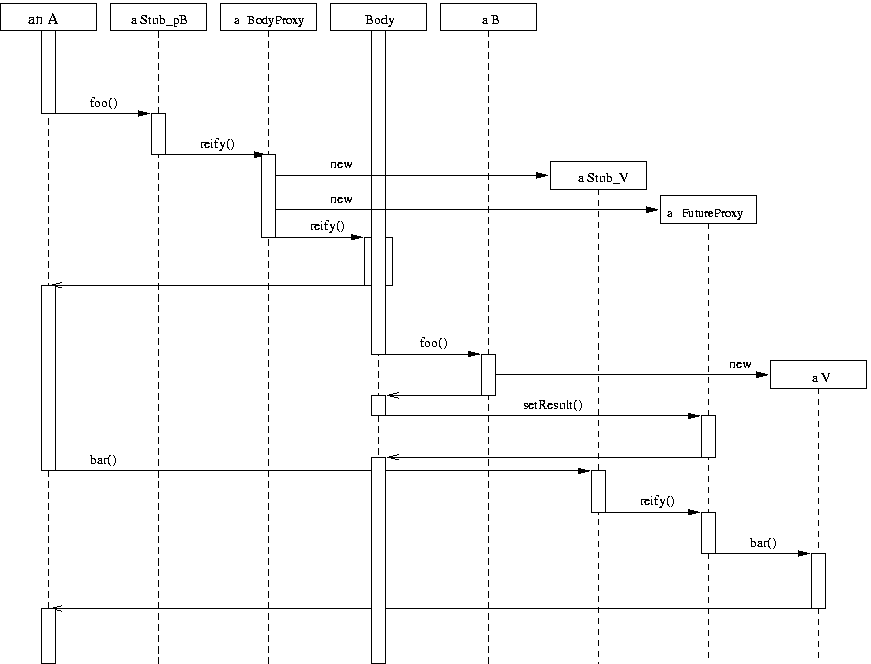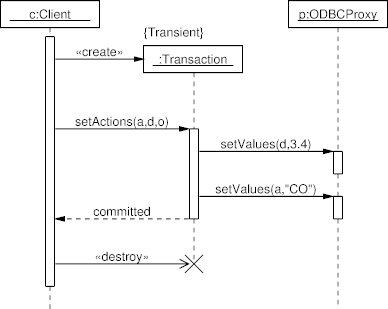

An interaction fragment handles various possibilities for checking the order. The Place Order message creates an Order object. In the example above, the Client actor places an order. Thus, you can describe in a single sequence diagram a number of related interactions that would require multiple collaboration diagrams. One of the major advantages of a sequence diagram over a collaboration diagram is that you can reference common interactions and easily specify alternative or parallel scenarios using interaction fragments.

For more information about using the interaction frame in this way, see Messages and gates. Messages can originate from or be sent to any point on the interaction frame, which acts as the exterior of the system (or part thereof) being modeled, and these gates can be used in place of actor objects. By default, PowerDesigner provides an "interaction frame", which surrounds the objects in the diagram. You can use one or more sequence diagrams to enact a use case or to identify all the possibilities of a complex behavior.Ī sequence diagrams conveys the same kind of information as a collaboration diagram, except that it concentrates on the chronology of messages passing between the objects in place of their structure.Ī sequence diagram shows actors, objects (instances of classes) and the messages sent between them. It may be used to illustrate a possible scenario of a use case, the execution of an operation, or simply an interaction scenario between classes of the system. It represents the chronology of the passing of messages between system objects and actors. The sequence diagram is a UML interaction diagram. PowerDesigner 12.1 > Object-Oriented Model > Building Dynamic Diagrams


 0 kommentar(er)
0 kommentar(er)
